Ingredients to Avoid: Petroleum-Derived Ingredients in Skin and Hair Care
Reading skincare labels can be overwhelming. It's hard to know what to look for and how to tell an effective formula from one hiding behind a pretty design. One easy way to decipher whether a product formula is a good match for you, is to start by looking for certain ingredients that help you rule it out as a product in your routine. The first place I start is to immediately say no to products that have ingredients derived from petroleum.
Petroleum-derived ingredients like mineral oil, paraffin, and petrolatum have long been staples in commercial personal care—but their origins, effects, and long-term implications are worth examining, especially for those seeking intentional self-care practices and products. In this post we are going to get into detail about what exactly these ingredients are, why I avoid them, and botanical alternatives that pack a punch without the downsides. Without further ado, let's get into it!
Petroleum refinement process
What Are Petroleum-Derived Ingredients?
Petroleum-based ingredients originate from refined crude oil. This crude oil is the same fossil fuel that is turned into gasoline or even plastic. The processing is what determines its end use. After processing for use in cosmetics, they yield substances like:
Paraffin wax
Mineral Oil
Common Aliases: Liquid paraffin, paraffinum liquidum
Cosmetic Function: Emollient, occlusive barrier
Paraffin Wax
Common Aliases: Petrolatum wax, soft paraffin
Cosmetic Function: Texture modifier, thickener
Petrolatum
Common Aliases: Petroleum jelly, white soft paraffin
Cosmetic Function: Skin protectant, moisture sealant
These ingredients are inert (mild) and inexpensive, making them attractive to formulators seeking stability and occlusion. But inertness isn't always a virtue—especially when we’re aiming for active skin support and botanical synergy.
Why Approach These with Caution
Petroleum derivatives are not inherently toxic when refined properly, but they raise questions around:
Occlusion Without Nourishment
They form a water-repellent film that prevents transepidermal water loss (TEWL)
But they do not contribute nutrients or enhance barrier repair
In damaged or acne-prone skin, heavy occlusion may exacerbate congestion or microbial imbalance
Environmental and Ethical Concerns
Derived from non-renewable fossil fuels
Production and disposal contribute to ecological stress
Botanical alternatives often offer lower-impact sourcing and biodegradability
Potential Contaminants
Impurities like PAHs (polycyclic aromatic hydrocarbons) can be present in poorly refined products
These compounds raise concerns related to carcinogenicity, though cosmetic-grade petrolatum is often regulated for purity
Botanical Alternatives with Functional Integrity
Choosing plant-based replacements doesn’t mean compromising efficacy—it means prioritizing skin health and ecological care.
Petrolatum
Plant-Based Swap: Shea butter + beeswax
Botanical Benefit: Offers a rich occlusive layer that locks in hydration while aiding skin barrier repair. Shea provides nourishing fatty acids and anti-inflammatory properties; beeswax adds a breathable seal and natural skin-soothing elements.
Jojoba tree
Mineral Oil
Plant-Based Swap: Jojoba oil, sunflower oil
Botanical Benefit: These oils mimic skin’s natural lipids, making them lightweight and non-comedogenic. Jojoba delivers stability and glide, while sunflower oil contributes vitamin E and antioxidant support—ideal for gentle moisturization with added resilience.
Paraffin Wax
Plant-Based Swap: Candelilla wax, carnauba wax, beeswax
Botanical Benefit: These waxes offer elegant texture and structure in formulations. Candelilla provides silky smoothness and helps stabilize emulsions, while carnauba lends a firmer consistency and glossy finish—perfect for stick formats or balms.
These swaps offer not just occlusion, but bioactive compounds—like phytosterols, essential fatty acids, and vitamins. These alternatives actively support skin health while complimenting your skin's natural biology.
Beeswax, alternative to paraffin
Ingredient Label Watch: Hidden Names & Red Flags
Petroleum-based ingredients are sometimes disguised or buried in INCI lists. Look out for:
Paraffinum liquidum
Petrolatum
Cera microcristallina
Ozokerite
Synthetic wax
Mineral spirits (in hair care, styling products)
Formulator’s tip: If an ingredient seems suspicious, cross-reference with a cosmetic ingredient dictionary or safety database. Transparency is a trust-builder—especially for indie brands and botanical formulators.
Philosophy of Omission: Intentional Exclusion as Ritual
Choosing what not to include is as powerful as choosing what you do.
In holistic beauty, omission is not restriction—it’s an intentional act of care. It reflects trust in the skin’s intelligence, reverence for ecological balance, and alignment with ingredients that participate in the body’s healing, not just mask symptoms.
Your formula becomes a kind of declaration: This product will nourish, not just coat.
Integrity Over Inertia
Petroleum-derived ingredients may be common, but they’re not aligned with botanical vitality or skin-led healing. As formulators and educators, we’re called to choose ingredients with integrity—those that serve the skin’s ecology, not just its surface.
Whether you're crafting for yourself or guiding others, the choice to exclude petroleum isn't just functional. It's philosophical. It's part of a larger ritual of respect—for the skin, for the plants, and for the planet.


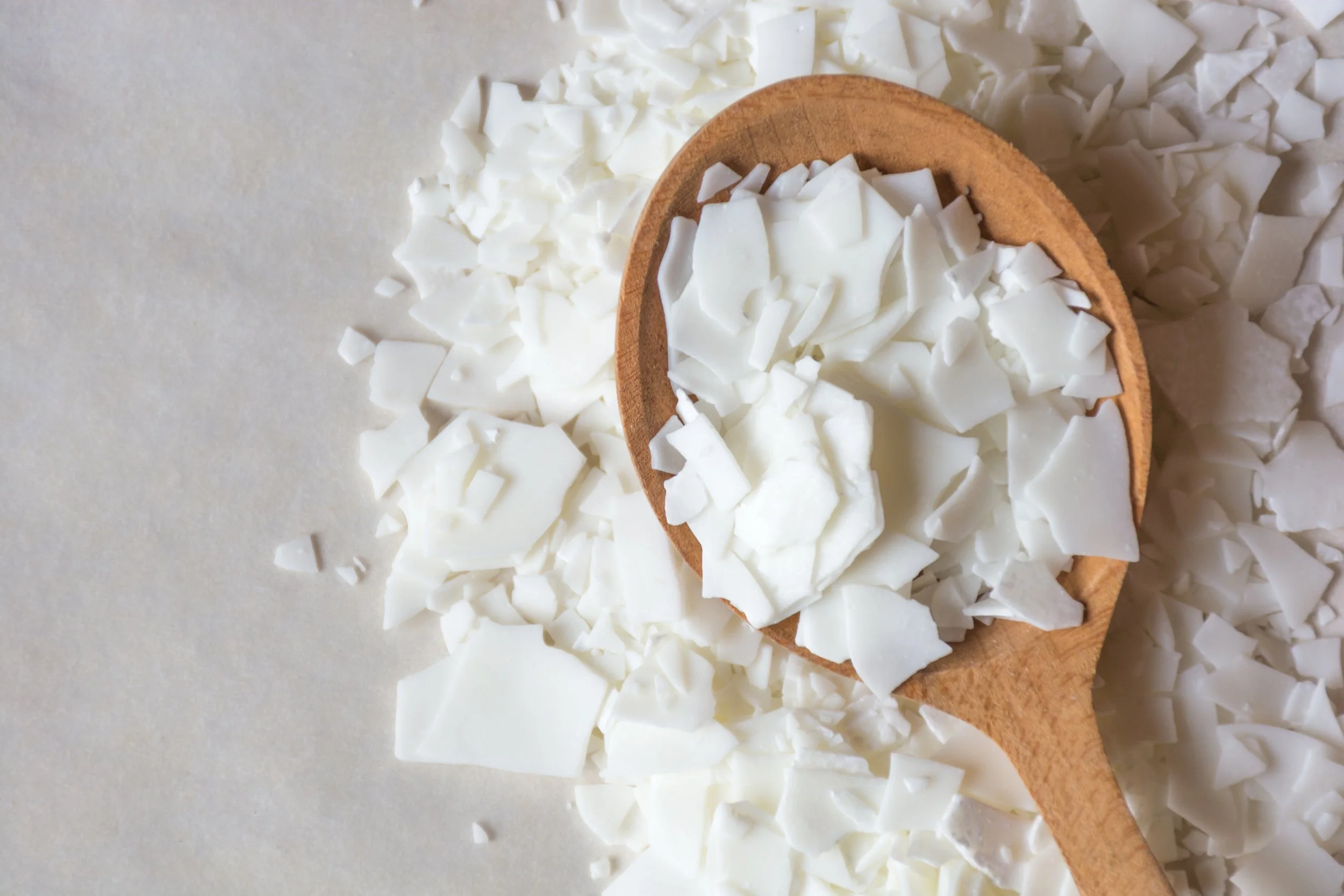
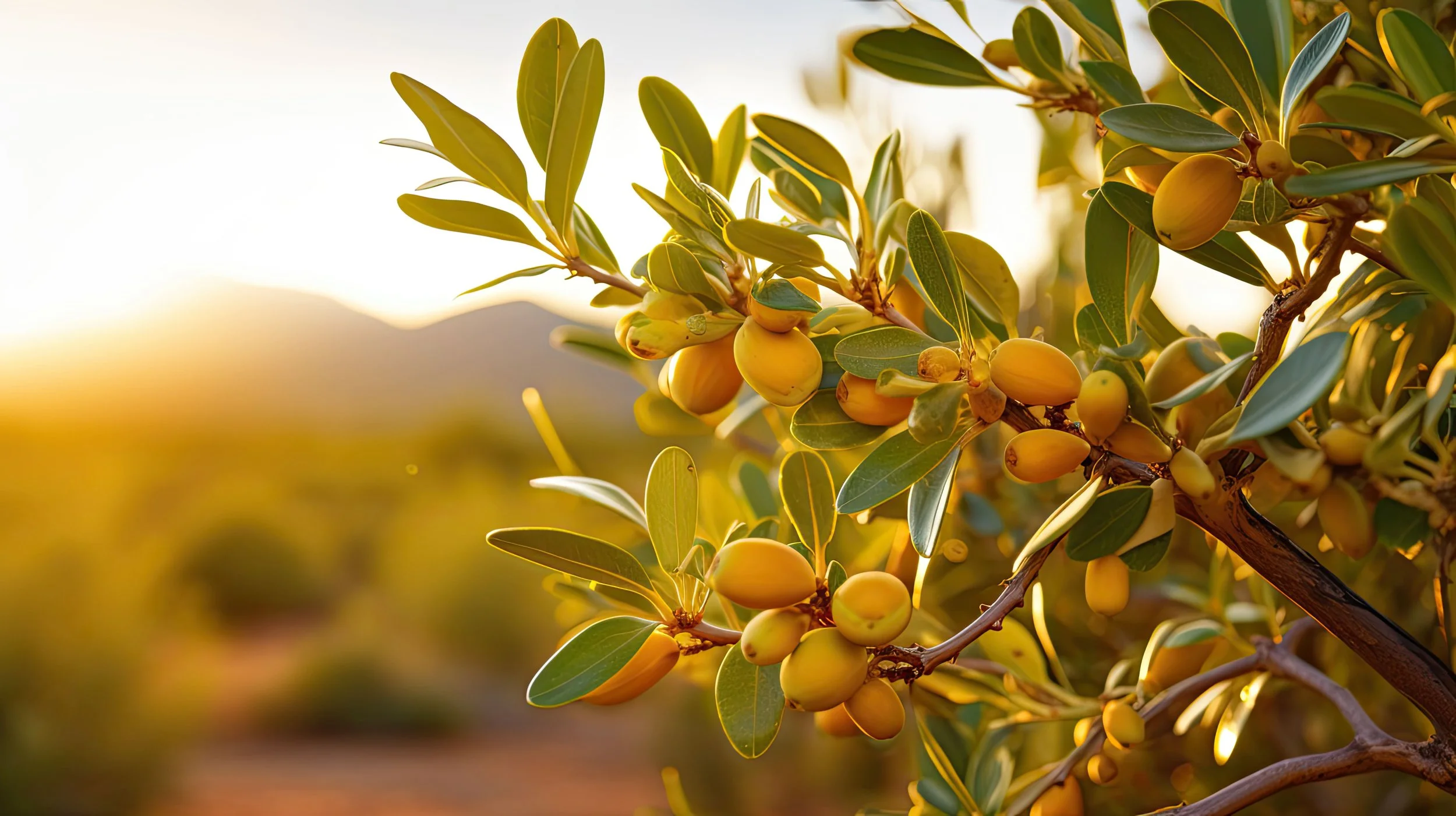







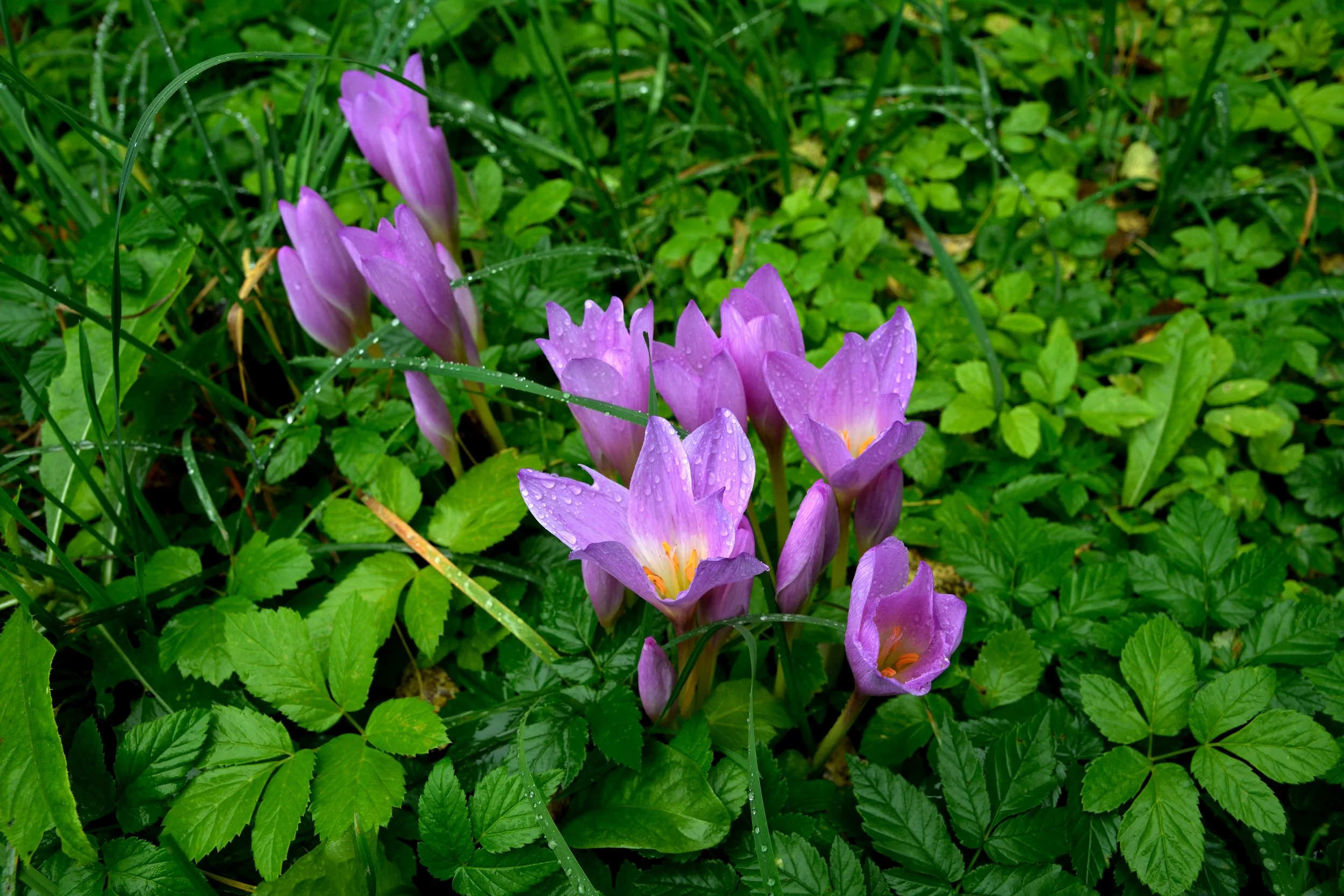

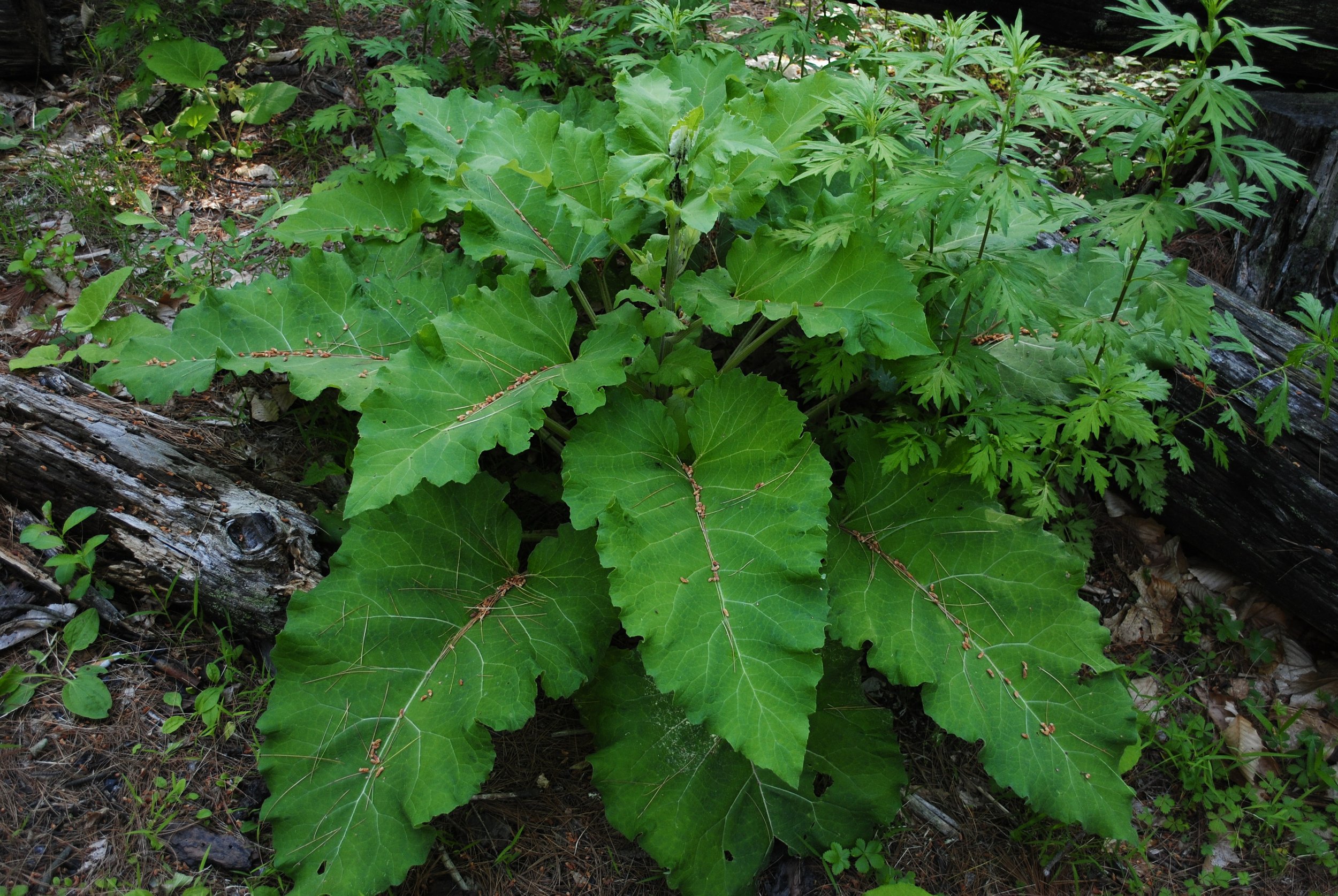
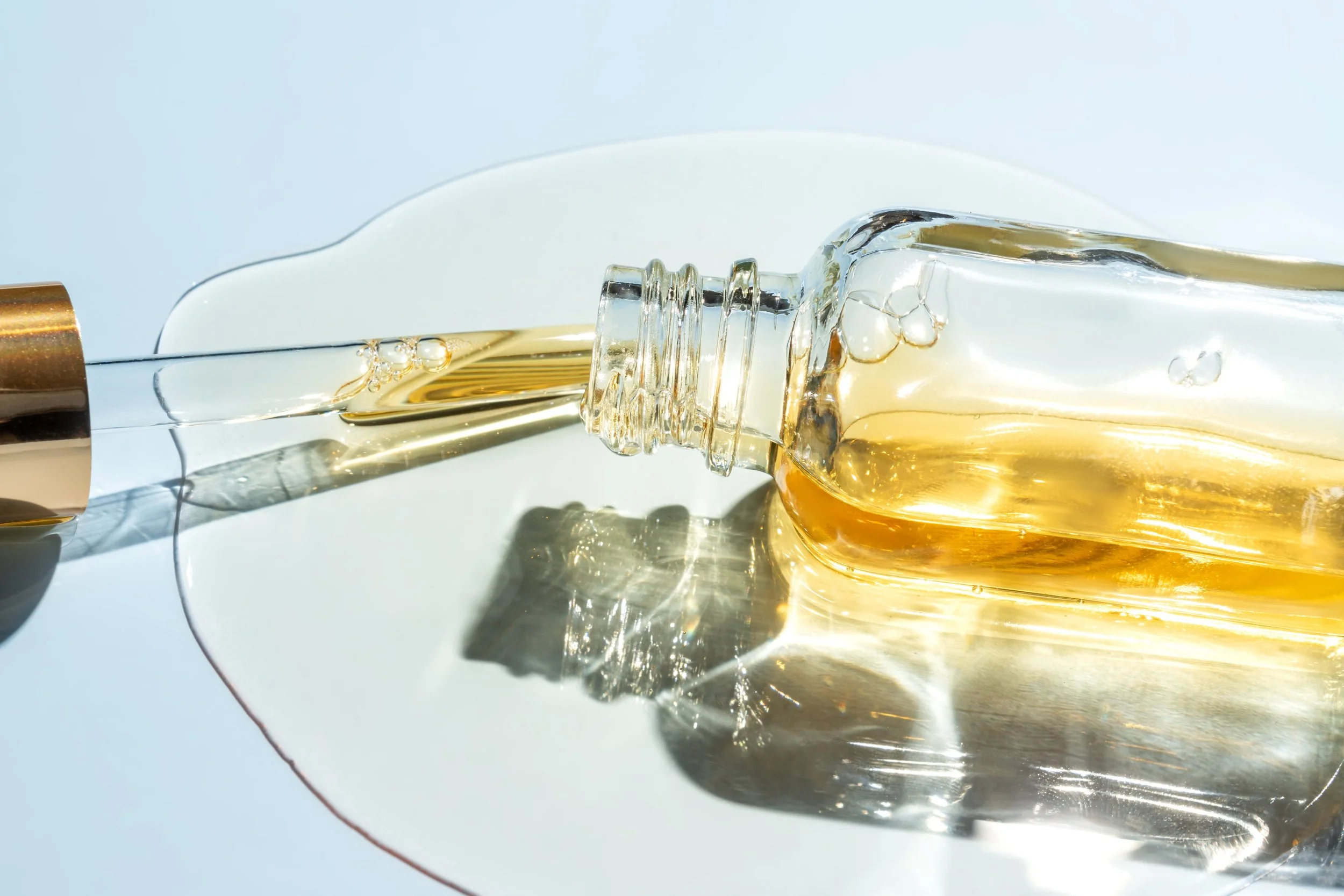

Hello and welcome! I'm Eve, a Chemist turned Herbalist, sharing the wonders of plant medicine and botanical skincare. Join me on this journey to Learn, Create, and Align your Divine!